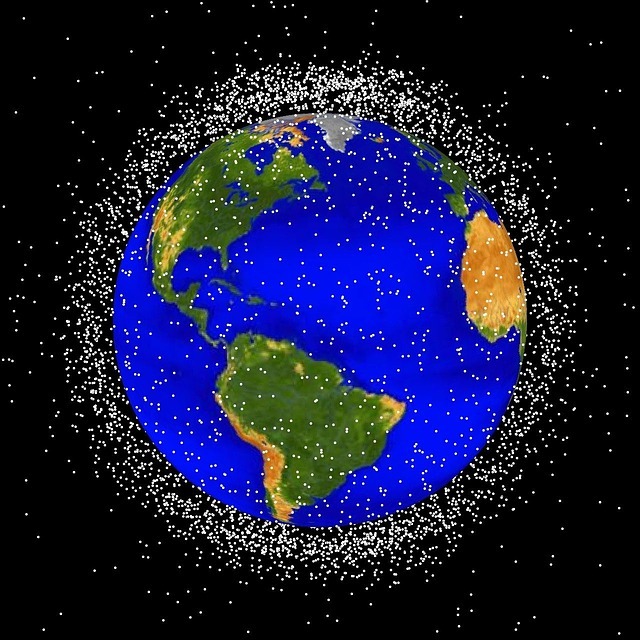An old Chinese rocket stage launched over 20 years ago and a defunct Russian military satellite are headed for a possible collision as they will pass within 12 metres (40 feet) of each other on October 16, according to space debris tracking service LeoLabs data.
There is a 10 percent probability of collision at an altitude of 991 kilometers (616 miles) above the Weddell sea near the Antarctic Peninsula.

The event has been termed high risk by the LeoLabs wherein the objects are travelling in opposite directions with a relative velocity of about 14.7 kilometres per second and the total mass estimated at approximately 2,800 kilograms (6,170 pounds).
As per ScienceAlert, Space archaeologist Alice Gorman of Flinders University in Australia has termed this as "one of the potentially worst accidental collisions that we've seen for a while".
The rocket CZ-4C third stage, part of a Long March 4B rocket launched on 10 May 1999, is about 7.5m long and 2.9m diameter. Its function was to transport the payload, following which it was discarded. The Russian military satellite Parus, launched on 22 February 1989, weighs about 825 kilograms and is 2 metres in diameters.
Parus was used for communication and navigation, but is no longer operational, which makes communication with either objects to avoid smash-up impossible.
The potential collision poses no risk on Earth, and it may result in debris rain if it occurs. The debris will burn up on re-entry, but is more likely to hover in low earth orbit, posing a danger to other objects above, as per the scientist.
Earlier this year, two old satellites were likely to collide as they were to pass within 15 to 30 metres of each other, with a one in 100 chance of collision. However, they had harmlessly passed each other.
Kessler Syndrome
As per the experts, the event is a reminder that more such collision will eventually result in Kessler Syndrome predicted by former NASA astrophysicist Donald Kessler in 1978.
The Kessler effect, collisional cascading or ablation cascade, will be a scenario where collision between space objects will generate so much of space junk and debris that it would hinder the space activities, use of satellites, making near-Earth space unusable for many generations.

The amount of space debris falling back into the atmosphere is less than the number of which is generated by the collision of existing space debris. As per the theory, even if all the space satellites are halted, the debris will keep on increasing, which would make some orbits impassable in the long run.
Currently, there is no technology to avoid collision or space junk collection. Some space junk mitigation technology is in works. Space agencies are starting to incorporate end-of-mission planning such as defuelling in orbit to minimize the risk of explosions in orbit caused by leftover fuel and batteries, which are the biggest generators of space debris.
In 2019, India had performed an anti-satellite test, where they shot down a satellite in low orbit. The test was largely condemned as the event could send debris in an apogee that goes above the International Space Station.








